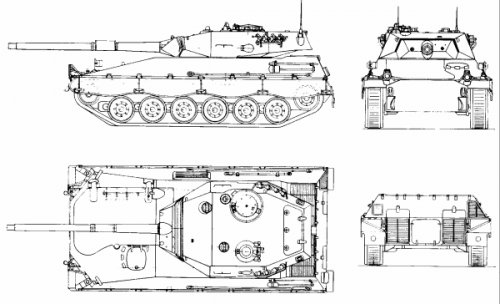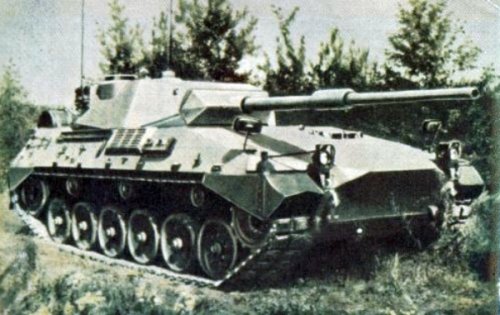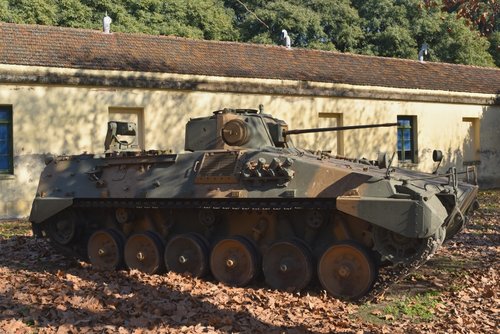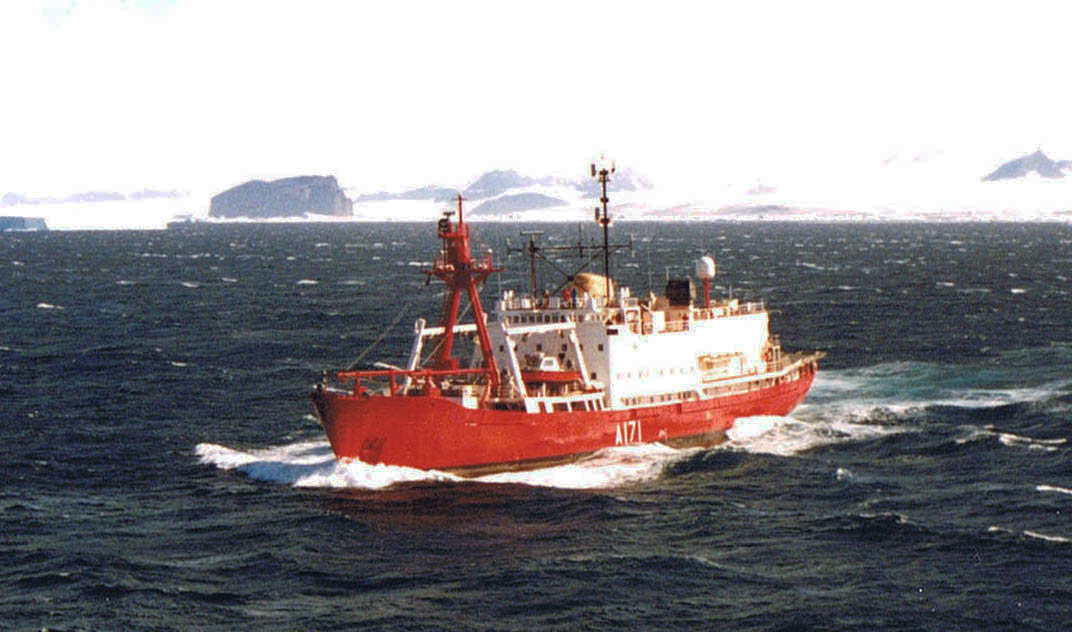It's really inaccurate to say they there were no air attacks on the British ground forces. But it's also really hard to overstate how miserable the conditions were and how badly they impacted serviceability. The fact that the Argentine air forces were not set up with the idea of operations away from their main bases seem to have been a huge problem. They didn't have the benefit of well supplied
You mean to say they were unprepared? Yup.
The MB-339s did attempt at least one antiship armed reconnaissance mission that resulted in one aircraft (of 6) crashing into terrain. They also launched a recce mission over San Carlos and at least one sortie against ground forces that again resulted in a lost aircraft. Of the four remaining, only one was fit to fly out and three others had to be abandoned in Stanley.
Indeed, just the one sortie each - on 21 May, the day of the San Carlos landings, two MB-339s carried out a reconnaissance flight from BAM Malvinas (Stanley) and flew northwest, then south over White Rock Bay, then headed south east before dog legging and heading back to Stanley. On 28 May MB-339 and Pucara CAS sorties were flown, and that was it.
The T-34s were only marginally useful attack aircraft to begin with but all four deployed got blown up by the SAS before the landings. So it's hardly fair to complain about their absence
This is true, they were destroyed on 15 May on the ground, so that's them out, leaving Pucaras, MB-339s, A-109s, UH-1Hs... So that was effectively it. Other CAS raids were flown by A-109s, but not much to affect the British advance. Should we really concede that that was the best that Mendendez could do?
The Pucaras are arguably the most disappointing, but again, the conditions were really not favorable for them. And the Pebble Island raid destroyed half of them before they got to do anything.
So, in effect you agree with me, then? Although I do have to state that the Pucaras themselves were not disappointing. They were potentially a real threat to the British advance, as was the assembled army aircraft. The disappointment was how little the Argentine commanders used the resources at their disposal - this is the point I am making. The British got as much as they possibly could of the resources they had, unlike the Argentine ground forces, which were well equipped, but didn't make the best use of what they had. Again however, this can be put to their lack of experience in a modern war scenario.
I suspect I am alone in this hypothesis, so I guess we can agree to disagree.

